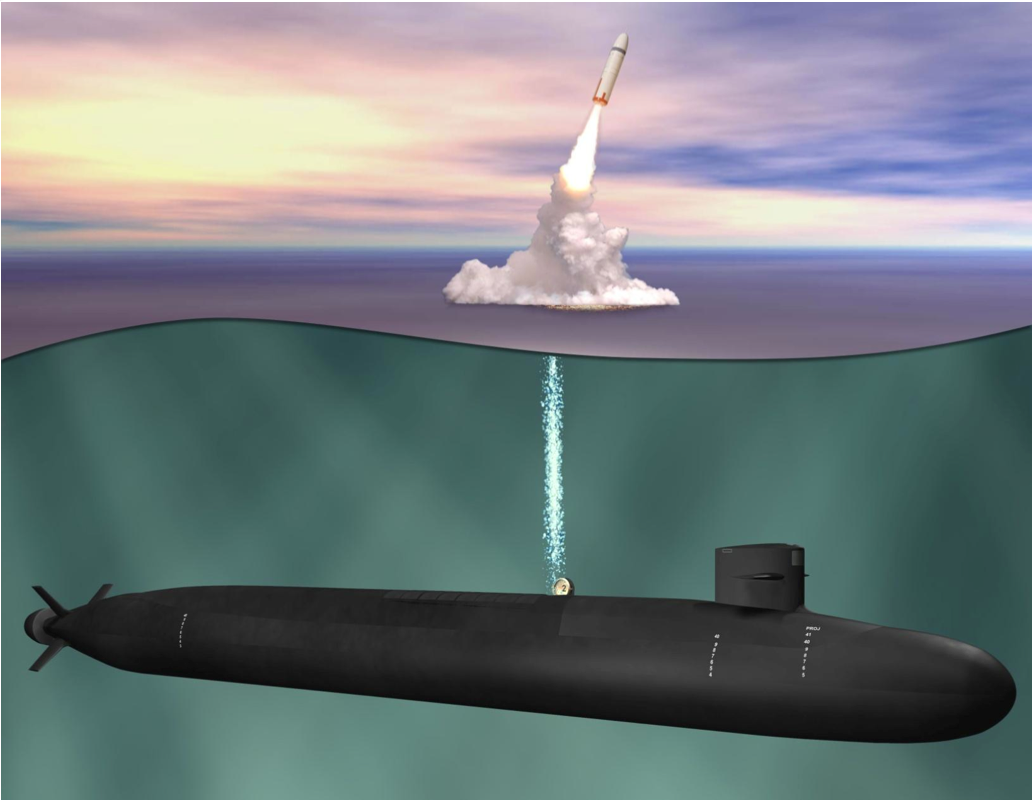
Image Source: BBC
Research has shown that North Korea’s nuclear program has significantly increased its number of weapons and sophistication in recent years. It is estimated that North Korea’s nuclear weapons have been well developed to travel the most extended distances ever recorded, and enough to reach the United States. Also, no country or international organization is confident of the exact number of weapons they hold.
Last year, President Trump and North Korea’s dictator Kim Jong Un met for the first time in history, where they spoke about the possibilities of shutting down North Korea’s nuclear program. According to an article written by Abigail Abrams, “Kim announced he would suspend nuclear and missile tests and close a nuclear test site at Punggye-Ri”[1] in late April of 2018 but recent reports from the director of the One Earth Future Foundation, “there is no indication that their missile programs have slowed or paused”[2]which makes North Korea a global concern.
There have been reports that North Korea’s nuclear program has reached a level of sophistication that is advanced to the point where according to the Nuclear Threat Initiative “it is believed to possess chemical and biological weapons capabilities.”[3]At the same time, it is worth noting that Pyongyang has twelve facilities that produce “raw material, precursors… as well as six major storage depots for chemical weapons… and have also acquired mustard, phosgene, sarin, and V-type chemical agents”[4]indicating that they have no plans to deactivate their nuclear program.
It has been calculated that North Korea’s possible range of missiles is 4,000 km in altitude, which could travel more than 10,800 km, which is enough to get to New York, “if fired on a maximum trajectory.”[5]For this reason, the United States has started to take the initiative to “deploy weapons as part of the nation’s undersea nuclear deterrent”[6]in the case of ever being threatened by a foreign force.

Image Source: USNI News
Sources:
[1] Abrams, Abigail. “Here’s What We Know About North Korea’s Nuclear Program.” Time, Time, 26 Feb. 2019, time.com/5537298/north-korea-summit-nuclear-program/.
[2] Lee, Youkyung, and Jon Herskovitz . “North Korea’s Nuclear Program Quietly Advances, Pressuring Trump.” Bloomberg.com, Bloomberg, 14 Jan. 2019, www.bloomberg.com/news/articles/2019-01-14/north-korea-s-nuclear-program-quietly-advances-pressuring-trump.
[3] “North Korea.” Nuclear Threat Initiative – Ten Years of Building a Safer World, 19 Jan. 2019, www.nti.org/learn/countries/north-korea/.
[4] “North Korea.” Nuclear Threat Initiative – Ten Years of Building a Safer World, 19 Jan. 2019, www.nti.org/learn/countries/north-korea/.
[5] “North Korea’s Missile and Nuclear Programme.” BBC News, BBC, 25 Feb. 2019, www.bbc.com/news/world-asia-41174689.
[6] Werner, Ben. “STRATCOM Commander Wants to Put Low Yield Nuclear Missiles on U.S. Submarines.” USNI News, 29 Mar. 2019, news.usni.org/2019/03/28/42238.
I enjoyed many of the rare, unknown facts of Korea and nuclear weapons, such as Korea’s range of missiles and their travel speed. However, I would have liked to hear about your opinion in the issue or your stand. Also, talking about President Trump and his involvement with Korea’s nuclear capacities, do you believe Korea’s decision to build many of their nuclear power plants is influenced by their relationship with the U.S. government or any other government?